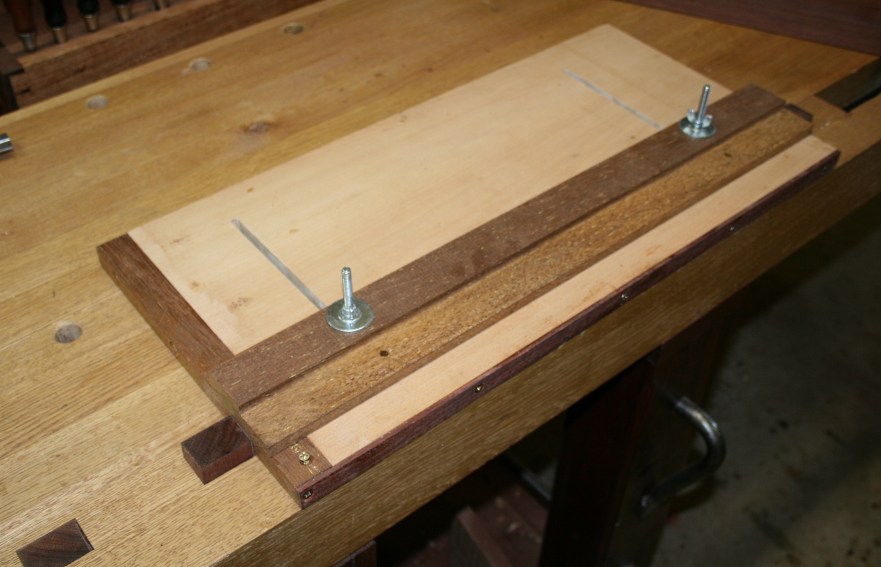aesmith
Established Member
Hi,
I'm making up some internal trim for round hatchways in the house. The trim will be 50mm wide by 9mm thick, and the parts are 500 or 600mm long at the moment before cutting to exact size. I want to run a bead along one edge, then the other edge will be rounded over. I've been practising on some offcuts, but I'm struggling to work out how to hold the work and still allow clearance for the plane to run past. I have the normal DIY options available, conventional woodworking vice, B&D workmate and various clamps. And ideas or suggestions welcome. I normally don't need to clamp the work at all when I'm using a bench plane, just set it on the bench against the stop. Obviously that won't work in this case, but I'm struggling. Any suggestions welcome.
Thanks, Tony S
I'm making up some internal trim for round hatchways in the house. The trim will be 50mm wide by 9mm thick, and the parts are 500 or 600mm long at the moment before cutting to exact size. I want to run a bead along one edge, then the other edge will be rounded over. I've been practising on some offcuts, but I'm struggling to work out how to hold the work and still allow clearance for the plane to run past. I have the normal DIY options available, conventional woodworking vice, B&D workmate and various clamps. And ideas or suggestions welcome. I normally don't need to clamp the work at all when I'm using a bench plane, just set it on the bench against the stop. Obviously that won't work in this case, but I'm struggling. Any suggestions welcome.
Thanks, Tony S


































